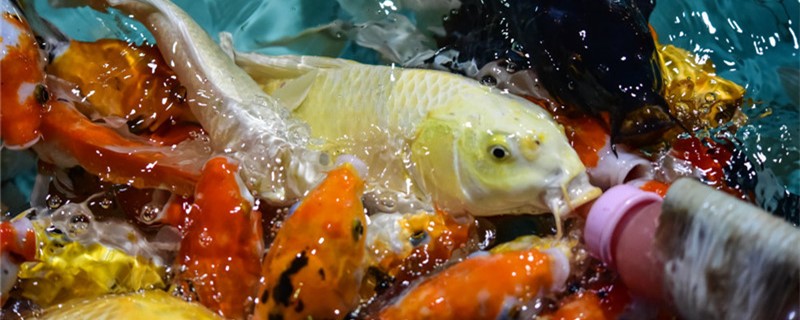
Generally, there is no colloidal layer at the bottom of the newly dug fish pond. Some fish usually rummage at the bottom to look for food, so they will move the soil at the bottom of the pond, resulting in muddy water. At this time, we need to put in a little flocculant first, wait until the turbidity precipitates, then properly fertilize, cultivate some algae, and when they grow up, we can effectively control the turbidity.
1. Regular pond cleaning: It is difficult to thoroughly control the yellowing of fish pond water, but through regular pond cleaning, we can ensure that the water body is clear for a period of time. Pond cleaning time is usually in winter, first remove the silt at the bottom of the fish pond, which contains organic matter and some bacteria, after removal, but also sprinkle quicklime or bleach, so as to do a good job of disinfection.
2. Reduce the breeding density: The water in the fish pond turns yellow, which is mainly caused by too high breeding density. There is too much water in the fish pond, and the amount of excretion is relatively large, which will lead to turbid water. In view of this situation, the best way is to reduce the breeding density, and at the same time, increase oxygen appropriately to prevent the fish from dying due to lack of oxygen.
3. Controlled feeding: a large number of microorganisms and algae multiply in the water body, which is mainly related to the fertility. The source of the fertility is the fish food fed. By reducing the feeding, the residual bait and fish excrement are reduced, and the growth of microorganisms and algae is limited, which will not lead to turbidity in the water body.